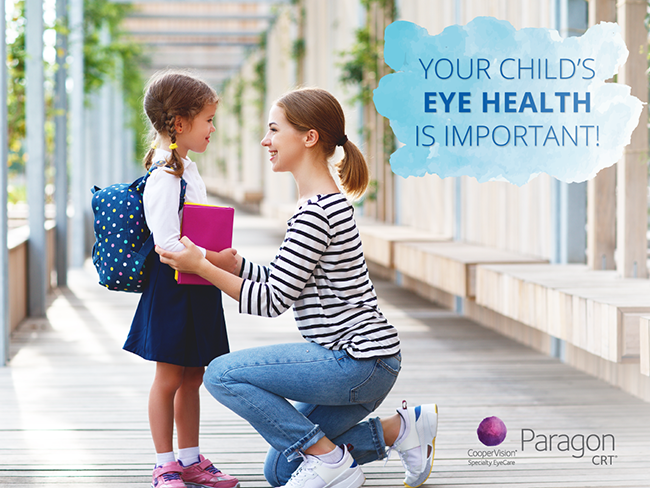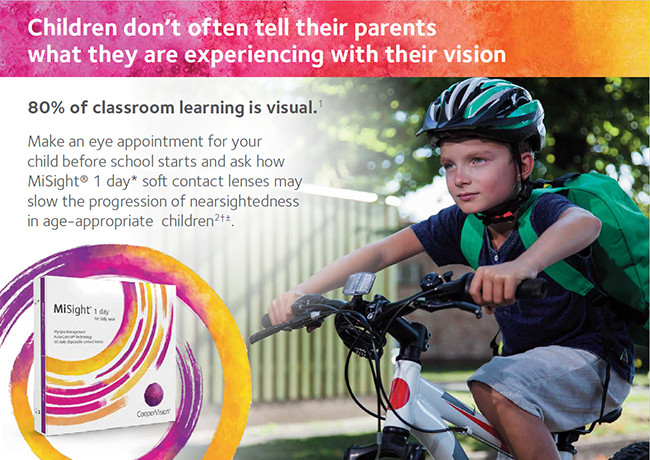The Importance of Eye Exams in Kids
Routine, comprehensive eye exams are crucial to a child’s success, as these exam catch problems earlier and more effectively than vision screenings.
 The American Optometric Association recommends that children receive a comprehensive eye exam between 6-12 months old, again between 3 and 5 years old, and another before a child starts school. After starting school, it is recommended that children get their eyes examined at least once a year. Here at Achord Eye Clinic we can see your children for their eye exams after they are 4 years old.
The American Optometric Association recommends that children receive a comprehensive eye exam between 6-12 months old, again between 3 and 5 years old, and another before a child starts school. After starting school, it is recommended that children get their eyes examined at least once a year. Here at Achord Eye Clinic we can see your children for their eye exams after they are 4 years old.
What sort of problems are doctors looking for at these eye exams?
The first problem often diagnosed at a comprehensive eye exam is the need for glasses. There are a few reasons why a child might need glasses. Just because a child doesn’t need glasses at 5 or 6 doesn’t mean they won’t need glasses later in their school years.
- One of the most common is nearsightedness, or myopia. This is frequently diagnosed after a child starts school, and is sometimes even referred to as ‘school-age myopia.’ If your child becomes myopic, they will need yearly eye exams to update their glasses as their prescription will continue getting stronger. You can read more about myopia, and the changing glasses prescriptions that come with it, here.
- A second reason a child might need glasses is hyperopia, or farsightedness. Children develop hyperopic prescriptions early in life, sometimes strong prescriptions are even noted at birth. Hyperopic prescriptions can shrink as a child grows, but they may always be present. Children with small hyperopic prescriptions may only need glasses for near work, or reading glasses.
- A final reason for glasses prescriptions is astigmatism. Astigmatism means that the horizontal and vertical meridians of the eye focus light differently than each other. This could be that one part of the eye is hyperopic, while the other is myopic. We almost all have small amounts of astigmatism, but large amounts of astigmatism can seriously affect vision, in particular clarity while reading.
Aside from basic glasses prescriptions, there are a plethora of other problems which can affect a child’s eyes and influence their ability to learn effectively. Most classroom learning in the American school system requires good vision.
Contact us to schedule an exam for your child today, and make sure they are seeing their best.
